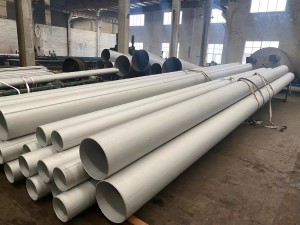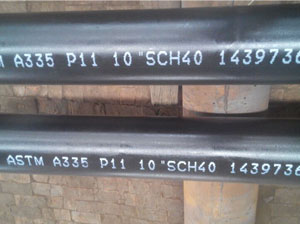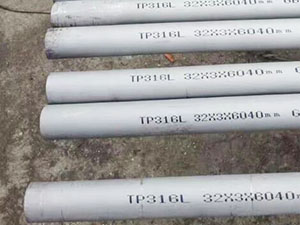What is PTFE coating?
PTFE coatings, known by many as Teflon, is a remarkable coating with a wide variety of applications. While most commonly associated with non-stick coating for cookware, Teflon coatings have many uses across a wide number of industries.
Although it's been around for nearly seven decades, Teflon coating services remains highly popular for a variety of applications. Industry experts predict that Teflon production will surpass 240,000 tons by the year 2017. Back in the late 40s, only about 900 tons of the substance were produced.
History of PTFE Coating Services
PTFE's discovery was a happy accident. In the late 1930s, Roy Plunkett discovered PTFE while working as a chemist for Kinetic Chemicals. Plunkett was trying to develop a new refrigerant, but while working with gases he developed a waxy white covering that was slippery. Subsequent tests revealed several possible uses for Plunkett's new substance, and it was subsequently patented in 1941 and trademarked as Teflon® in 1945.
The new substance quickly found a variety of uses, and by 1948 Kinetic Chemicals' parent company, DuPont, was manufacturing more than 2 million pounds of it each year. Teflon® was used in the Manhattan Project to coat valves and seals in pipes storing uranium hexafluoride, and by the 1960s it was commonly being used as non-stick coating in kitchen cookware.
Over time, PTFE coatings have been further refined. In the 1990s, manufacturers began radiation cross-linking it to allow it to be more easily recycled.
How a PTFE Coating Works
A PTFE coating's unique makeup is what provides it with the non-stick, non-friction, and dielectric properties that make it useful in so many applications. Teflon coating is a fluorocarbon solid, meaning that it has a high molecular weight made up solely of carbon and fluorine. This make up makes it resistant to water, gives it a low friction co-efficient, and makes its other useful properties possible.
Uses of PTFE Coatings
While most people think of skillets and pots when they think of Teflon® coatings, the truth is that half of all PTFE production is used for wiring in aircraft and computers. PTFE's dielectric properties and high melting temperature make it ideal for insulation cables and connector assemblies. Printed circuit boards used at microwave frequencies also often use PTFE as insulation. Good insulation is vital to safety, and that's why so many industries trust PTFE, a time-tested coating that gets results.





